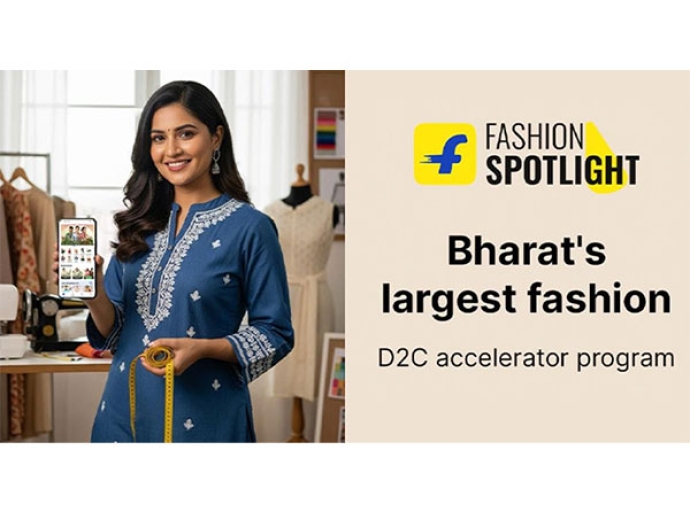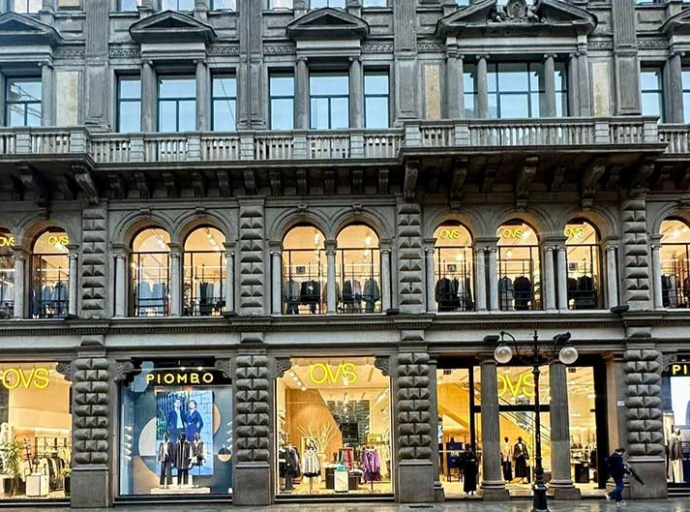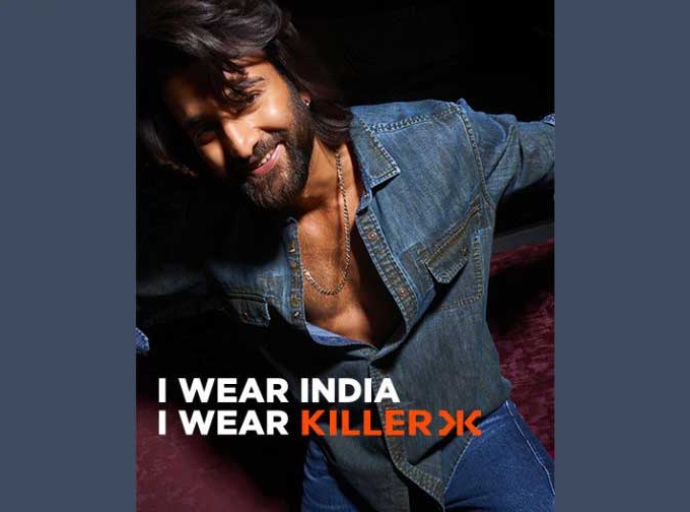The booming world of women's apparel, a market driven by trends and transformation

05 March 2024, Mumbai
The global women's apparel market is projected to at a Compound Annual Growth Rate (CAGR) of 4 per cent from 2023 to 2033. This translates to a significant increase in market value, rising from an estimated $863 billion in 2023 to a projected $1,280 billion by the end of 2033, according to a market research report by Fact.MR [1].
This growth reflects the dynamic and ever-evolving nature of the women's apparel industry, constantly adapting to changing consumer preferences, evolving fashion trends, and various socio-economic factors. Experts too acknowledge the positive outlook for the women's apparel market. As Barbara Larson, a fashion industry analyst says: "The increasing focus on self-expression and individuality is driving the demand for a wider variety of clothing options. Brands that can cater to these diverse needs and preferences will be well-positioned to succeed in the market."
Growth Boosters: Rising income, shifting fashion trends
Rising disposable income: As economies around the world continue to develop, women are increasingly acquiring greater purchasing power, leading to increased spending on clothing and personal appearance.
Growing female workforce participation: The global female workforce is expanding, and women are seeking professional attire that reflects their confidence and authority.
Shifting fashion trends: The rise of fast fashion, coupled with greater access to diverse styles through e-commerce platforms, allows women to experiment with fashion trends more readily, contributing to increased demand. Women are becoming increasingly conscious of their personal style and expressing themselves through diverse and unique clothing choices. This demand for variety and personalization is driving the growth of the women's apparel market.
Growing awareness of body positivity: The growing body positivity movement is fostering a wider range of clothing options catering to diverse body shapes and sizes, further expanding the market reach.
India, a key player
India plays a significant role in the global women's apparel market, boasting the sixth-largest market position in 2020 and witnessing domestic sales exceeding Rs 1 billion in 2021. As per Mordor Intelligence the Indian women's apparel market is estimated at Rs 1.4 trillion ($18.3 billion) in 2023 and is expected to reach Rs 2.3 trillion ($30 billion) by 2028, at a CAGR of 10.2 per cent.
This growth is driven by factors like rising disposable incomes. As India's economy flourishes, women have more purchasing power, allowing them to invest in diverse apparel choices. Growing urban population has lead to a higher demand for trendy and fashionable clothing. Moreover Indian women are becoming increasingly fashion-conscious and are seeking clothing that reflects their unique style and personality. Indian women's clothing choices are also influenced by a blend of traditional and modern styles, with a strong emphasis on comfort, affordability, and cultural significance. The rise of e-commerce platforms like Myntra, Nykaa Fashion, and Ajio has significantly transformed the way Indian women shop for apparel, offering convenience, wider selection, and competitive prices.
Growth impediments and way forward
While the future is bright, the women's apparel market also faces challenges. Intense competition is one of them. The market is saturated with established brands and emerging players, leading to fierce competition for market share. With consumers increasingly concerned about the ethical and environmental impact of the clothing they purchase, this puts pressure on brands to adopt sustainable practices. Global economic uncertainties also impact consumer spending power, posing a potential threat to market growth.
Despite these challenges, the women's apparel market also presents exciting opportunities as the Fact.MR study outlines. Technological advancements in areas like artificial intelligence and virtual reality can enhance the shopping experience and personalize product recommendations.
Catering to individual needs and preferences through personalized product offerings and customization options can create a competitive edge for brands. What’s more embracing sustainable practices and ethical sourcing can resonate with environmentally conscious consumers and build brand loyalty. Also, online shopping platforms like Myntra and Flipkart are revolutionizing the market, offering wider product selections and convenience for consumers.
To sum up, the global women's apparel market is a dynamic and ever-evolving space. By understanding the key trends, challenges, and future prospects, brands can adapt their strategies, embrace innovation, and cater to the evolving needs of fashion-conscious consumers around the world.
Latest Publications

































